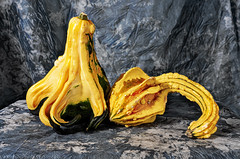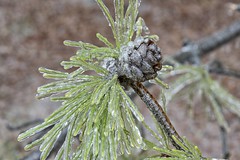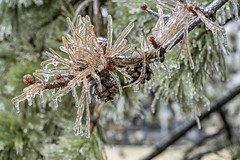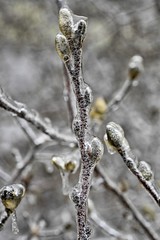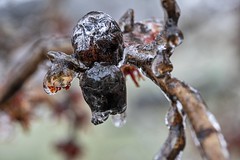Aug 09 2015
Carolina Wrens Nesting in my Hanging Basket
A nesting pair of Carolina Wrens have taken up residence on my deck in a hanging geranium planter. They have been spending the last week flying continuously returning with bugs for their recently hatched eggs.
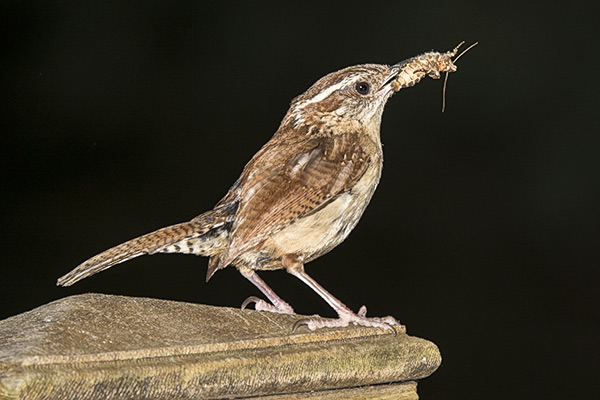
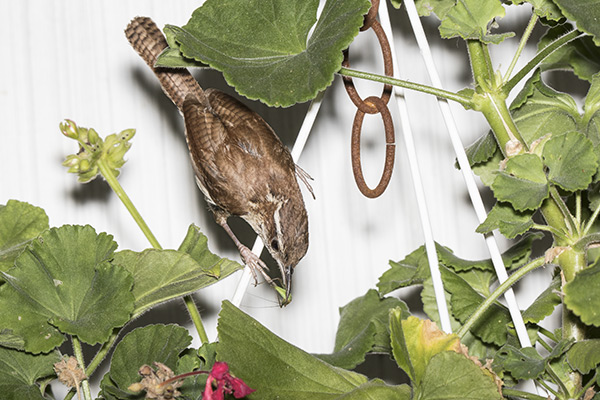
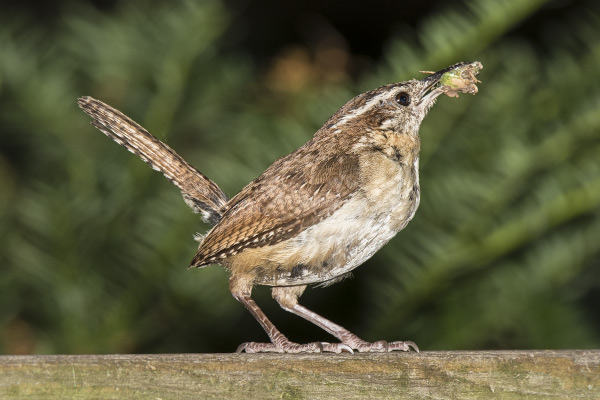
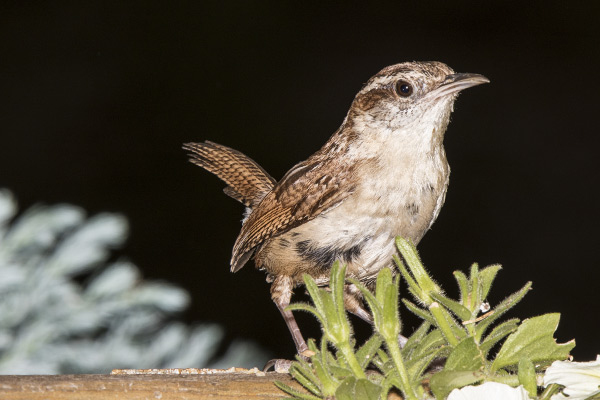
Songs of the Carolina Wren…
Behavior:
Carolina Wrens usually go about their business alone or in pairs; after nestlings have fledged, you may see family groups feeding together. Feeding on or near the ground, the wrens run, hop, and flit around leaf litter and tangled vegetation; they dodge in and out of dark spaces created by downed trees, decaying logs, old stumps, and upturned roots. They climb up vines, trunks, and branches, poking into squirrel nests and probing nooks and crannies in search of insects. Carolina Wrens use their curved bills to turn over decaying vegetation and to hammer and shake apart large bugs. They roost in bird boxes, abandoned hornet nests, hanging plants, garages, barns, old nests, and other shelters. A weak flyer, this wren makes brief, quick aerial forays over short distances. Pairs stay bonded year-round, with no vacation from singing or defending territory.
Nesting:
Male and female Carolina Wrens build their nests together. One member of the pair may stay at the site while the other gathers material. The first nest can take a week or more to build, but later ones take shape in as few as 4 days. The bulky nest is cup-shaped, usually domed, with a side entrance and often a woven extension like a porch or entrance ramp. It’s loosely constructed of a great variety of materials such as bark strips, dried grasses, dead leaves, pine needles, hair, feathers, straw, shed snakeskin, paper, plastic, or string). The female lines the nest’s inner bowl and may add nest material after incubation has begun. Nests may range from 3 to 9 inches long and 3 to 6 inches wide.
Food:
Insects and spiders make up the bulk of this wren’s diet. Common foods include caterpillars, moths, stick bugs, leafhoppers, beetles, grasshoppers, crickets, and cockroaches. Carolina Wrens occasionally eat lizards, frogs, or snakes. They also consume a small amount of plant matter, such as fruit pulp and seeds from bayberry, sweetgum, or poison ivy.

